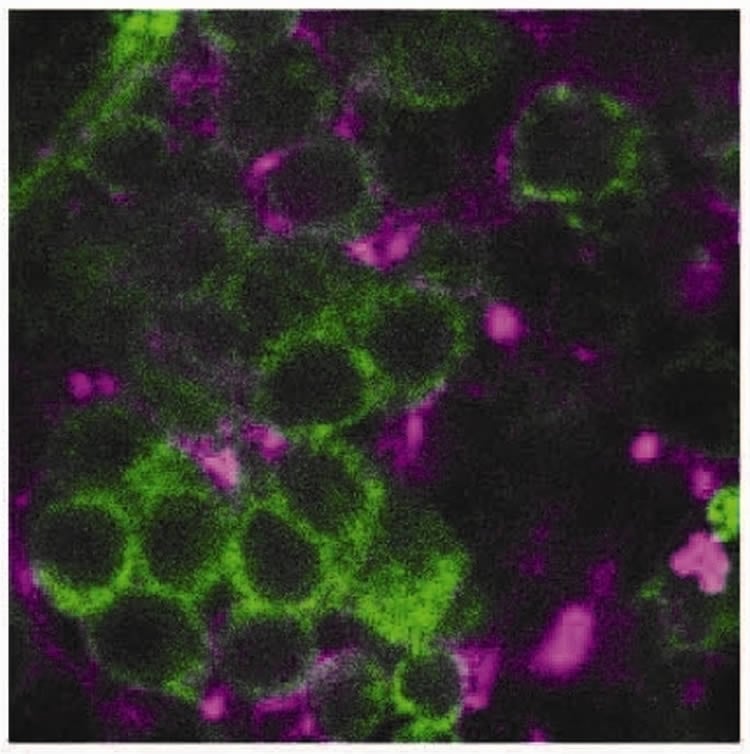A new study in a mutant fruitfly called sleepless (sss) confirmed that the enzyme GABA transaminase, which is the target of some epilepsy drugs, contributes to sleep loss. The findings, published online in Molecular Psychiatry, were led by Amita Sehgal, PhD, head of the Chronobiology Program at the University of Pennsylvania’s Perelman School of Medicine. The findings shed light on mechanisms that may be shared between sleep disruption and some neurological disorders. A better understanding of this connection could enable treatments that target both types of symptoms and perhaps provide better therapeutic efficacy.
“Epilepsy is essentially an increase-in-firing disorder of the brain and maybe a decrease in activity of the neurotransmitter GABA, too,” says Sehgal, who is also a professor of Neuroscience and an investigator with the Howard Hughes Medical Institute (HHMI). “This connects our work to drugs that inhibit GABA transaminase. Changes in GABA transaminase activity are implicated in epilepsy and some other psychiatric disorders, which may account for some of the associated sleep problems.”

The team looked at the proteomics of the sss mutant brain – a large-scale study of the structure and function of related proteins — and found that GABA transaminase is increased in the sss brain compared to controls. This enzyme breaks down GABA, so GABA is decreased in the sss brain. Because GABA promotes sleep, there is a decrease in sleep in the sss mutant fly, as the name implies.
The relationship between the SSS protein and GABA is not fully understood. The SSS protein controls neural activity, and its absence results in increased neural firing, which likely uses up a lot of energy, says Sehgal. GABA transaminase works in the mitochondria, the energy-production organelle in the glial cells of the brain, which provide fuel for neurons. The large energy demand created by the increased neural firing in sss brains probably alters mitochondrial metabolism, including GABA transaminase function in glia.
In the sss mutant fly, there is a stream of connections that leads to its signature loss of sleep: The sss mutant has increased neuron firing caused by downregulation of a potassium channel protein called Shaker. Recently, the Sehgal lab showed that SSS also affects activity of acetylcholine receptors. Both of these actions may directly cause an inability to sleep. In addition, increased energy demands on glia, which increase GABA transaminase and decrease GABA, may further contribute to sleep loss. On the other hand, if GABA is increased, then sleep is increased, as in flies that lack GABA transaminase.
Coauthors are Wen-Feng Chen, Sarah Maguire, Mallory Sowcik, Wenyu Luo, all from Penn and Kyunghee Koh from Thomas Jefferson University. The study was funded by HHMI.
Contact: Karen Kreeger – Penn Medicine
Source: Penn Medicine press release
Image Source: The image is credited to Amita Sehgal and is adapted from the Penn Medicine press release.
Original Research: Abstract for “A neuron–glia interaction involving GABA transaminase contributes to sleep loss in sleepless mutants” by W-F Chen, S Maguire, M Sowcik, W Luo, K Koh and A Sehgal in Molecular Psychiatry. Published online March 18 2014 doi:10.1038/mp.2014.11






